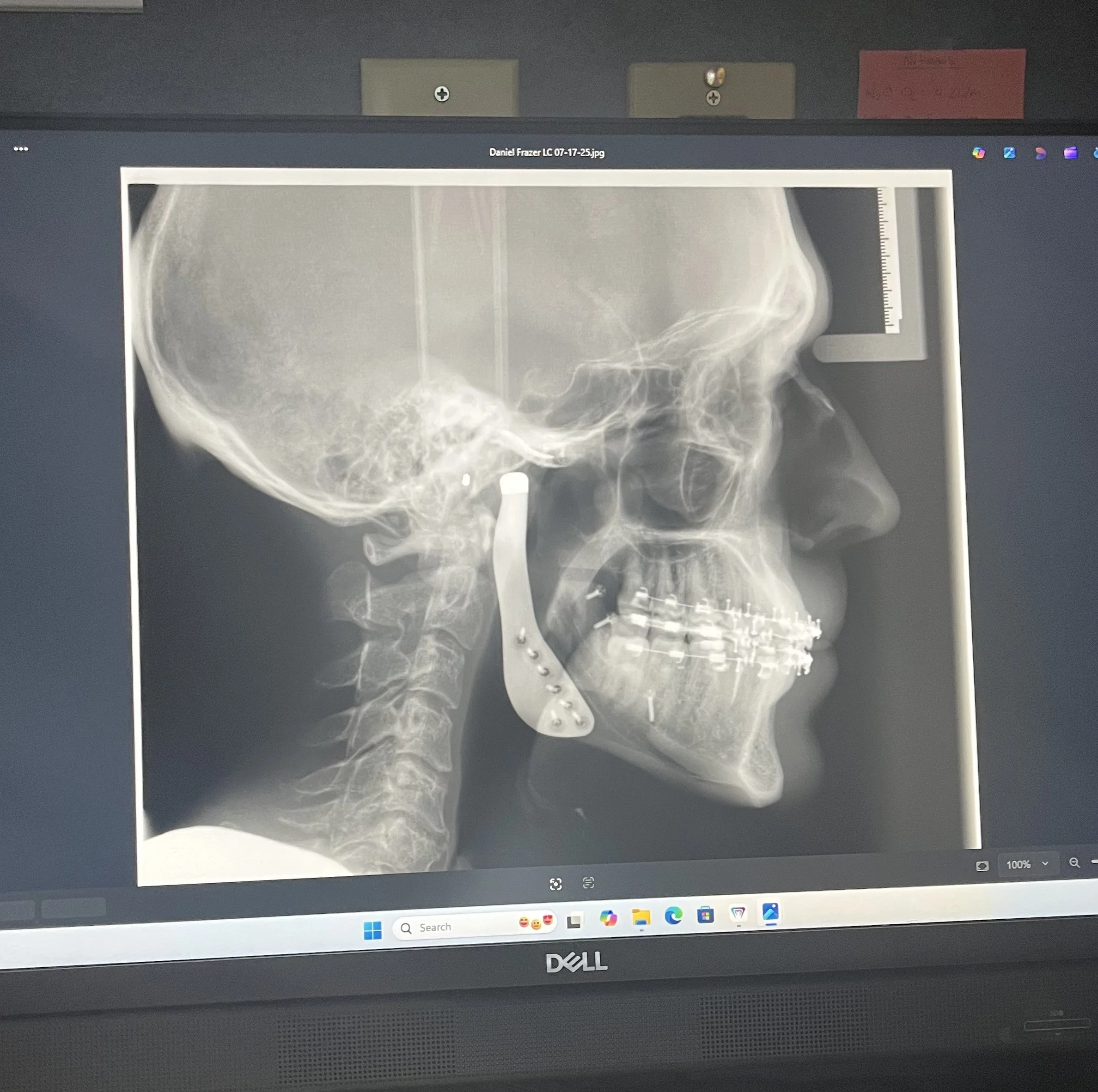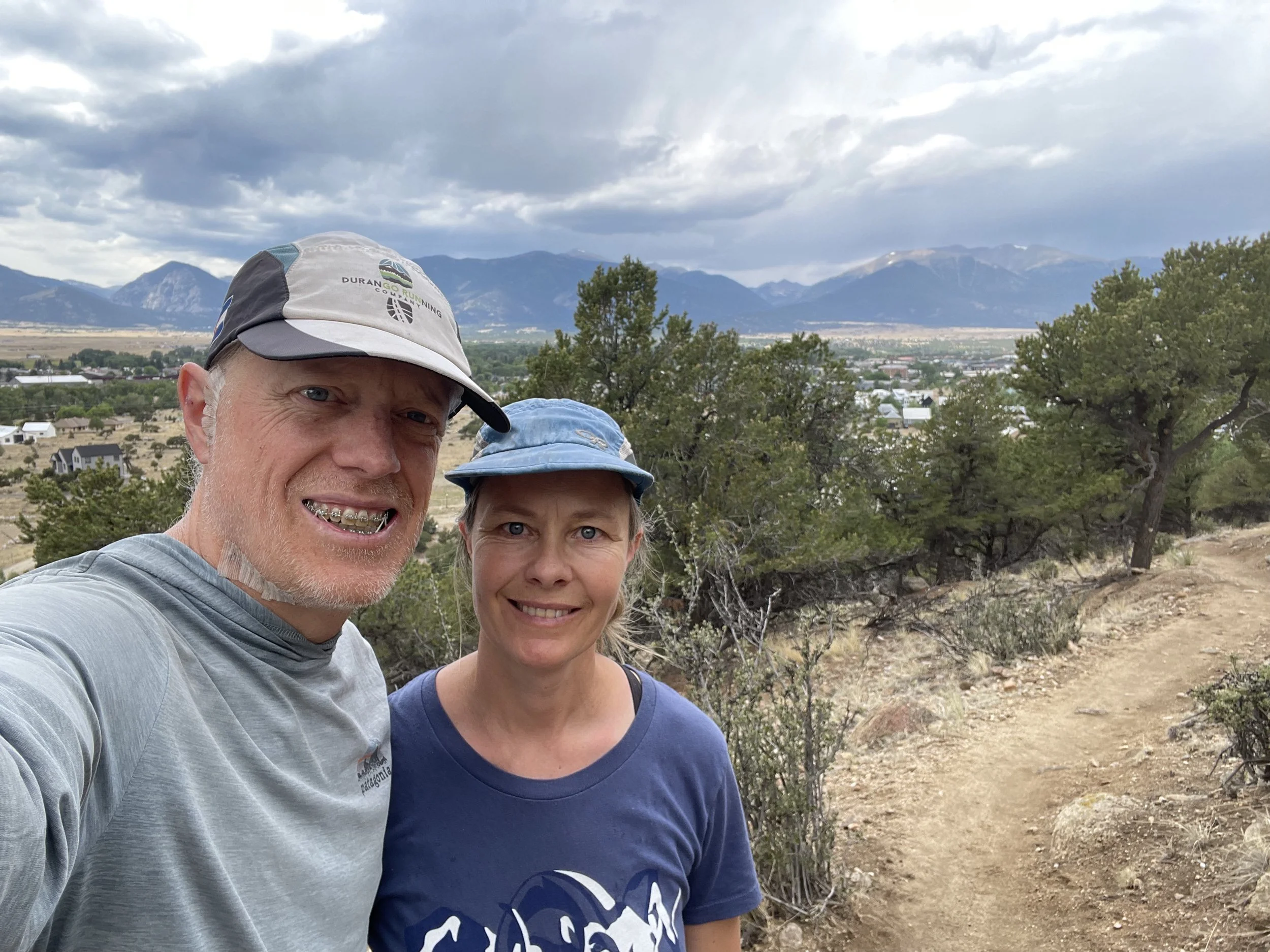The Power of Resilience: Recovery Was the Easy Part.
Part 1 in a Series of Insights from Joint Replacement Surgery
The Day of Surgery
After three years of waiting, preparation, and managing the uncertainty of what lies ahead, the day finally came. I arrived at the hospital at 6 a.m. and was greeted by a gruff, burned-out nurse who asked, “How are you doing?” I responded honestly, “I’m anxious.” She barely acknowledged my answer, focused instead on checking me in and handing me a gown.
Pre-surgery rituals followed: blood pressure, body weight, confirmation of the procedure, and a collection of wristbands — red for “Allergy,” yellow for “Fall Risk,” and the usual hospital ID tags. My wife grilled the anesthesiologist, who graciously obliged her questions. Then Dr. Nelson, my surgeon, appeared, carrying a worn leather bag passed down from his father. Inside: a model of my teeth and his surgery checklist.
Moments later, I said goodbye to my wife and was wheeled into the OR. I briefly met the second surgeon before drifting off. Six hours passed in an instant. I woke up groggy, dazed, and — unexpectedly — in the ICU.
“You Don’t Belong Here…”
It turned out I had been mistakenly transferred to the ICU. But once I was there, they wouldn’t let me leave.
My heart rate, they said, had dropped into the 20s when I was sleeping and still under the lingering effects of anesthesia. I kept trying to tell them this wasn’t alarming — that my heart rate often dips into the 30s while sleeping. Still, as a 50-year-old man fresh out of a joint replacement surgery with low blood pressure, they ordered an EKG.
The results? Perfectly normal. In fact, the doctor later mused that I might be more healthy than most 50-year-olds the hospital sees. That theme would repeat itself in the coming days.
Resilience Isn’t Built Overnight
“You probably won’t want to do much until about a week after surgery,” my surgeon had warned. “And most people feel like themselves again in three weeks, at best.”
But five days post-surgery, I walked five miles. About a week out, I played some golf. By about day 12, other than being limited to soft foods, I felt like myself and by day thirteen, I was back at the gym — well ahead of schedule.
Here’s the truth: my recovery wasn’t about grit or willpower in the moment. It was the result of nearly a decade of consistent effort. A choice, made years ago, to prioritize my physical and mental health through structure and habit.
I didn’t know I’d eventually need facial reconstructive surgery because of a benign tumor impacting my jaw’s functioning. I simply wanted to feel good, keep up with my boys, and manage stress in healthy ways. That long arc of preparation turned out to mean everything when faced with this unlucky hand.
We Avoid Effort… But We’re Changed By It
It’s human nature to avoid effort until we’re suffering. In The Road Less Traveled, M. Scott Peck reframes the concept of “original sin” as laziness — not laziness in the lazy Sunday sense, but our deep resistance to effort and responsibility. He writes that this resistance is at the root of much of human suffering.
This rings true for me. It was stress, dissatisfaction, and emotional strain that nudged me back into the gym in 2016. But it was commitment, over time, that made it stick.
And as counterintuitive as it sounds, that effort brought meaning, joy, and resilience. This is the Effort Paradox: we instinctively avoid hard things, yet often derive our greatest satisfaction and identity from them.
Make It Easy: Just Show Up
Over the years, I’ve found one thing to be true: if I schedule a class, show up, listen carefully, and give somewhere between 90–100% — I’ll get results. That’s my system. I don’t rely on motivation. I just show up.
And that system worked. My resting heart rate and VO₂ max place me in the upper tier for men my age. My weight is nearly what it was in high school. These aren’t random outcomes. They’re the result of structure, repetition, and accountability.
Make It Easy: Track What You Care About
In the early days of the pandemic, I bought a fitness tracker — my impulse “pandemic purchase.” I was tired, overextended, and unsure what was driving my fatigue. Was it stress? Sleep deprivation? Overtraining? All of the above? Something else Wearing a Whoop band helped clarify the noise. It let me log behaviors, track recovery, and see real patterns. That insight created a quiet accountability loop — not to others, but to myself.
This is the Hawthorne Effect in action: when we measure something, we tend to improve it. Just observing and tracking behavior builds awareness, and awareness shapes decisions. Over time, the result is positive change.
We Don’t Rise to Our Goals — We Fall to Our Systems
James Clear put it best in his best selling book Atomic Habits:
“You do not rise to the level of your goals. You fall to the level of your systems.”
We often believe success comes from vision, willpower, or ambition. But real change happens in the small, repeated behaviors that make up our days. Systems determine outcomes — especially when things get hard.
Chance Favors the Prepared
My dad used to say this when people called someone’s success “lucky.” Yes, I had advantages: a supportive spouse in the medical field, favorable genetics, and access to quality care. But that wasn’t the whole story.
In business and leadership — just like in life and recovery — things will go wrong. Entropy is inevitable. A key employee will leave. A client will blindside you. A health issue will interrupt your plans.
We can’t predict the future. But we can prepare for it. We can build systems and structures that put the odds in our favor — so when things unravel, we don’t fall apart. We bend, but don’t break.
The Cycle: Suffering, Vision, System, Change
Most meaningful change begins with discomfort. You feel stuck. Overwhelmed. Disappointed. Joy is gone. Fatigue and frustration are commonplace. You want something to shift.
For me, it was the stress of parenting, marriage, and career. Hiring a relationship coach. Working with a business coach. Joining a gym. Tracking my recovery. Every turning point followed the same cycle:
Pain and Suffering →
Yearning and a Vision for something better →
System for support and accountability →
Transformation sustained by habit
You Don’t Have to Go It Alone
If you — or your organization — are caught in a reactive loop, I can help.
Whether you're a business leader navigating change, a team working through misalignment, or an individual seeking clarity and resilience, I’d love to help you build systems that last — and create the conditions for growth.
Let’s put the odds in your favor.





